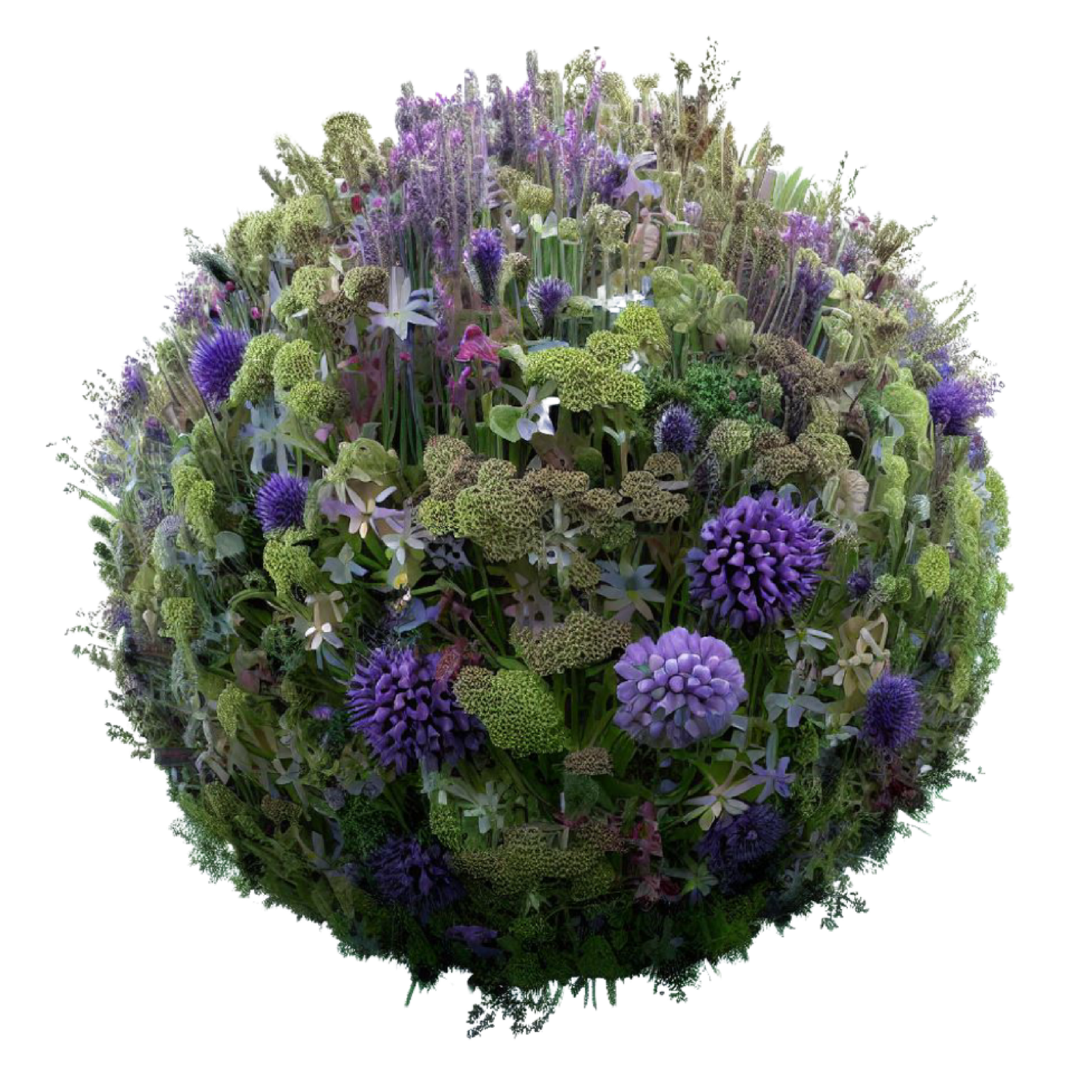Bronwen Jameson and Paul Richardson from Knowaste
The smell wasn’t very noticeable until I went into the building. Then it hit me like a wall. I remember from visiting a sewage farm that the trick is not to breathe through your nose. And after a few minutes it wasn’t quite so bad. My Knowaste guides – Bronwen Jameson and Paul Richardson – were showing me around their nappy recycling plant. Actually, it’s not just nappies they’re recycling but incontinence pads and sanitary products too – in the trade this is known as ‘offensive waste’!
Pretty well everything coming into the plant is from the commercial sector – care homes, hospitals, day nurseries, washrooms etc. However, they do have plans to collect nappies and incontinence pads from households. There’s more than a million tonnes of this type of waste produced in the UK each year. Knowaste are unique in recycling it. And they’ve only been fully operational with their current process for a month – so they’re still fine-tuning the process. If it were going full pelt they’d be able to recycle about 36,000 tonnes a year. But they’re aiming to increase capacity with another 5 plants within the next three to four years.
Almost half of what comes into the plant is moisture, which has to be evaporated. This is done during sterilisation at the beginning of the process. Then the different materials are separated. About half of what’s produced is fibre and a quarter is plastic. Surprisingly, the fibre is a good quality cardboard material, which can be used in outer or protective packaging, for example replacing foam plastics. The plastic bits are used to make roof tiles and rubbish bins, amongst other things. Knowaste are still researching potential applications. But they say that they aim to use all of what they produce within the UK, rather than exporting it.
One of the challenges that Knowaste have had to overcome is dealing with the super absorbent polymer in nappies – known as SAP. They have to release moisture from the gel and stop it being so absorbent, so it can be separated from other materials. This, along with the faecal matter is then part of the small fraction of waste that isn’t recycled.
Bizarrely, glass and metal is extracted from the waste. This comes from stray products such as drinks cans, cutlery and glass bottles being put in the wrong bin! But all of it is recycled.
My key interest was hearing about how the environmental benefits stack up. And Knowaste have the figures. When compared to either landfill or incineration, recycling reduces carbon emissions by more than 70%, roughly halves acidification and resource depletion and almost eliminates toxics.
This sounds good but most of the carbon benefits come from replacing virgin materials in the products made from recycled waste, rather than the process itself. Knowaste admit that they can improve. For example, they have planning permission for greener energy from waste gases, which would be a big step forward.
The economics for Knowaste look quite promising too. They charge about the same for recycling as it would cost to landfill – a total of about £85 a tonne, including landfill tax of £56 per tonne. But landfill costs are rising steeply with the tax alone set to be £80 a tonne in 2014 – and who knows what after that. For local authorities there’s another benefit too. Nappies are almost the only wet and smelly waste that’s left in our non-recyclable rubbish bins. So, removing them might reduce complaints from the public about less frequent non-recyclable rubbish collections.
My view is that the biggest eco-flaw with disposable nappies is waste – see leaflet I’ve written comparing disposable nappies with re-usables. Knowaste have shown that they have a good solution for this. The challenge now is for companies that produce disposable hygiene products to come up with a good system for collecting them from households. This is not just a problem for councils and the waste industry but for manufacturers too.




